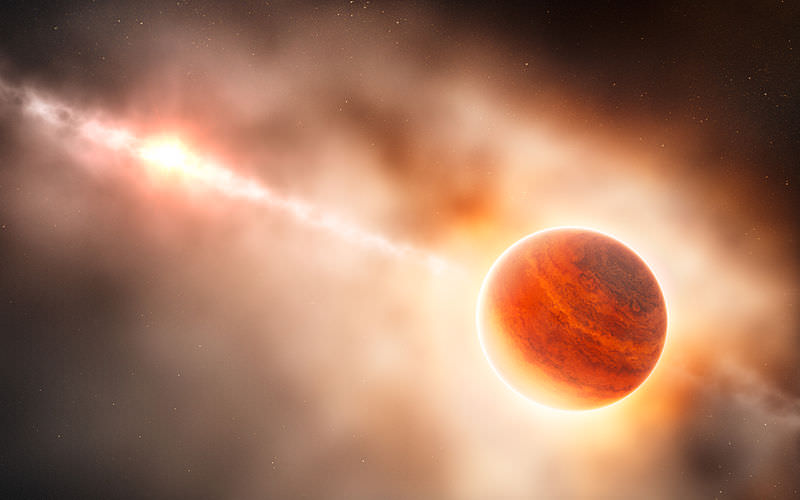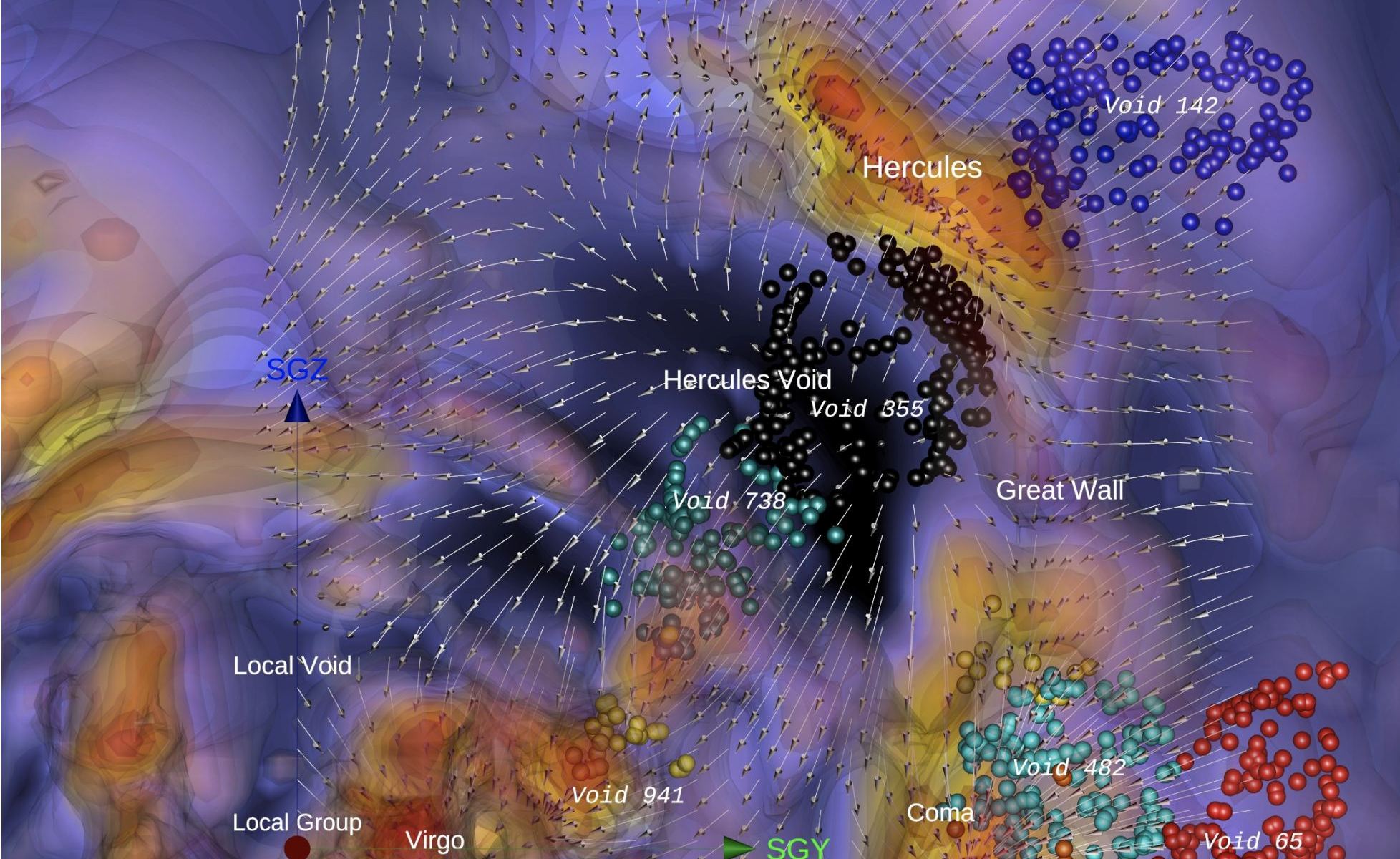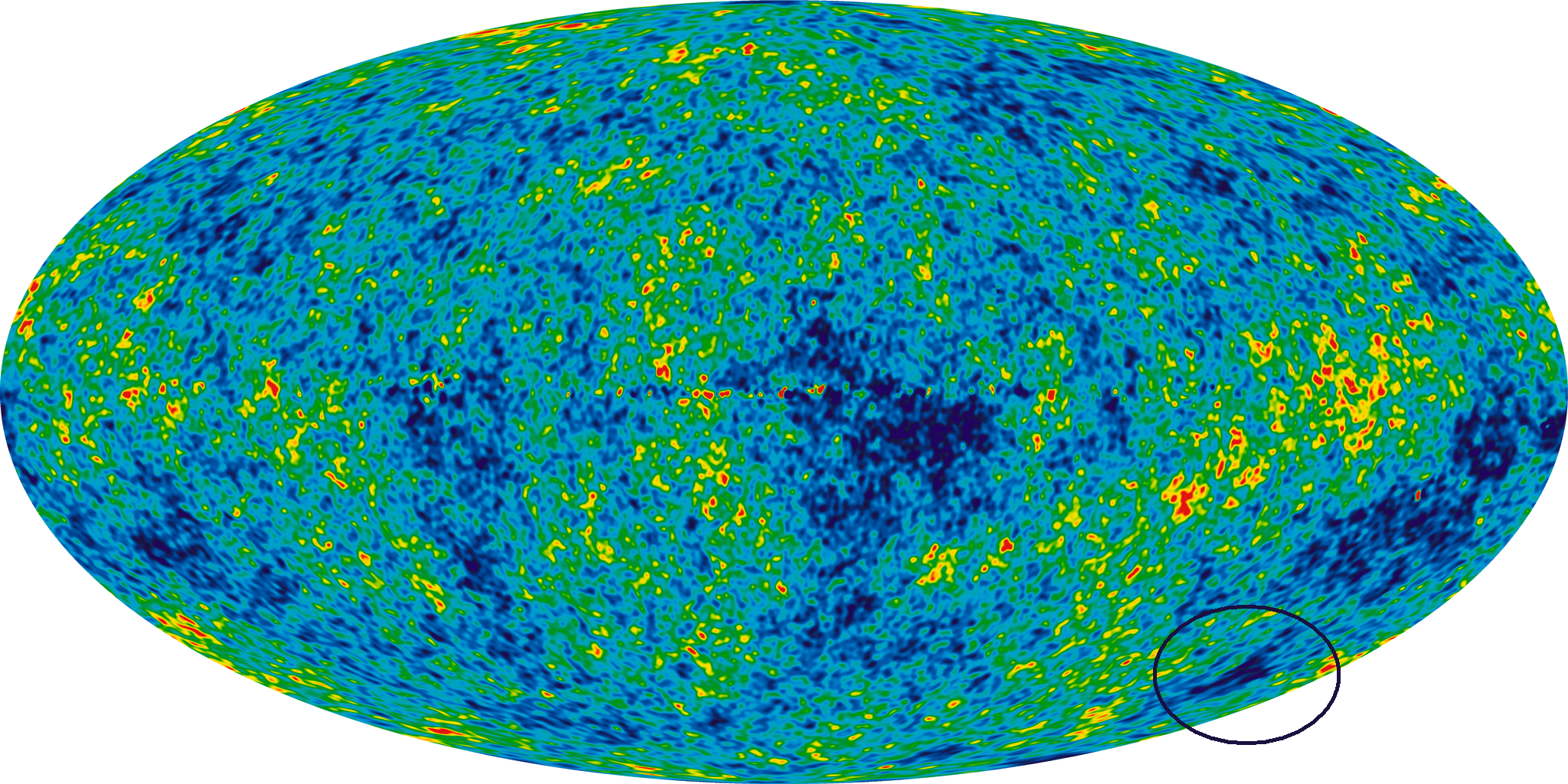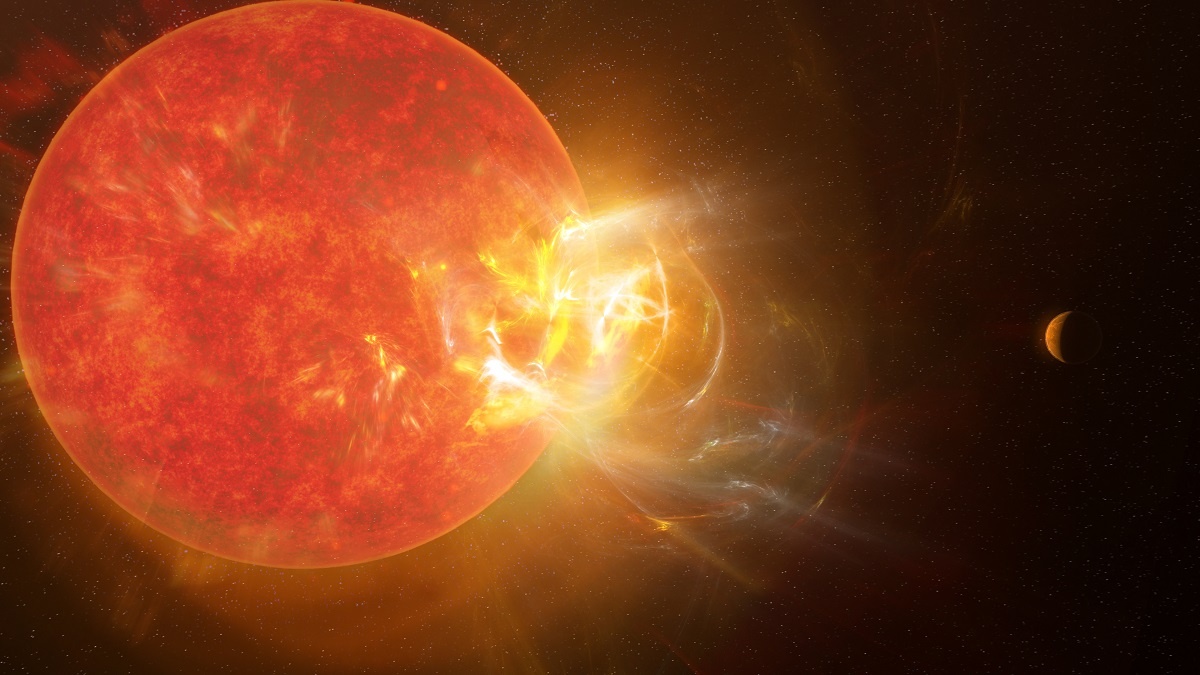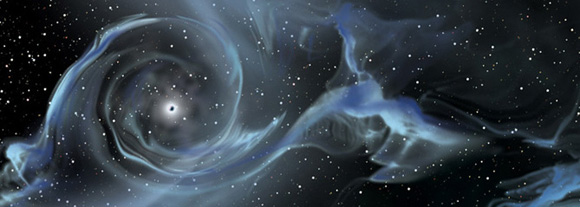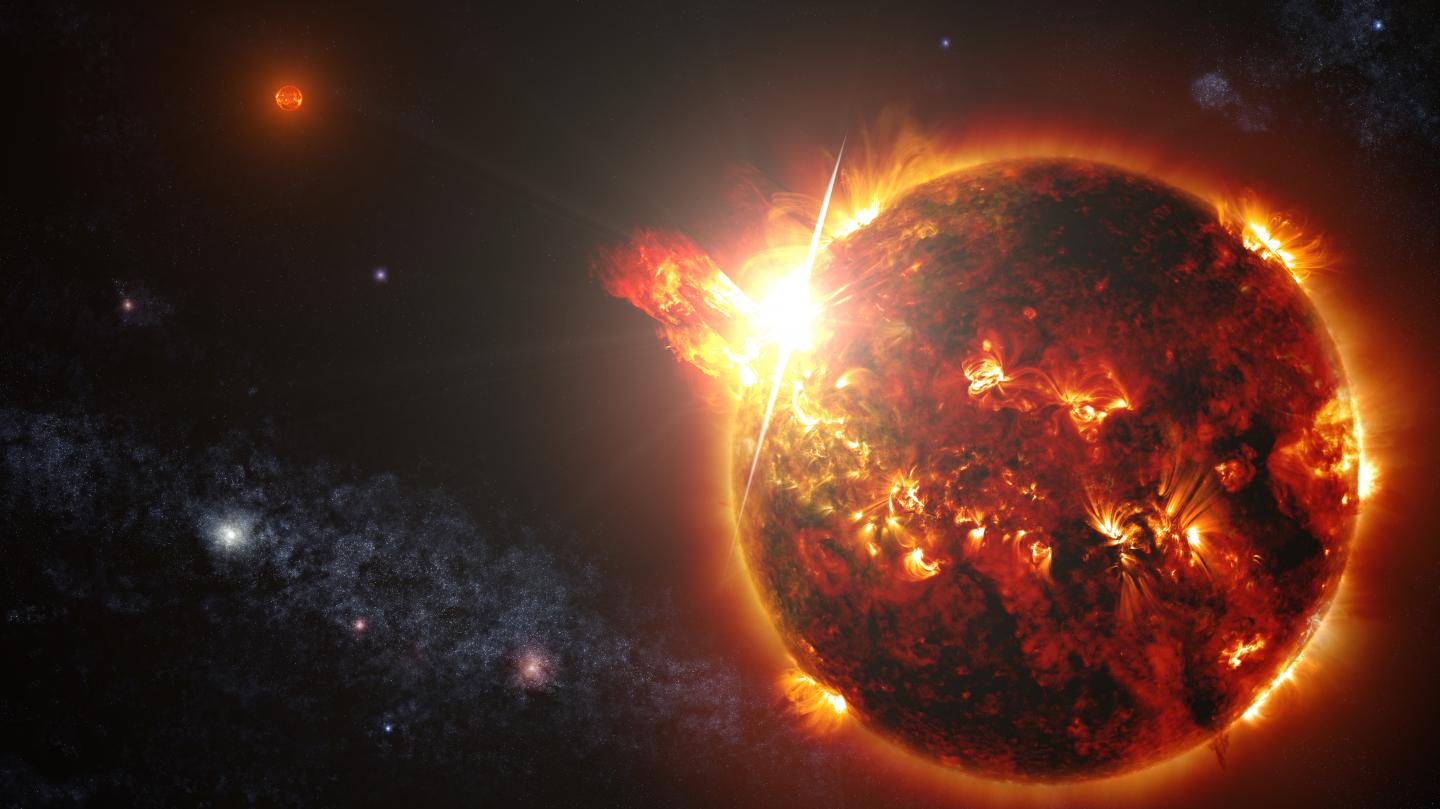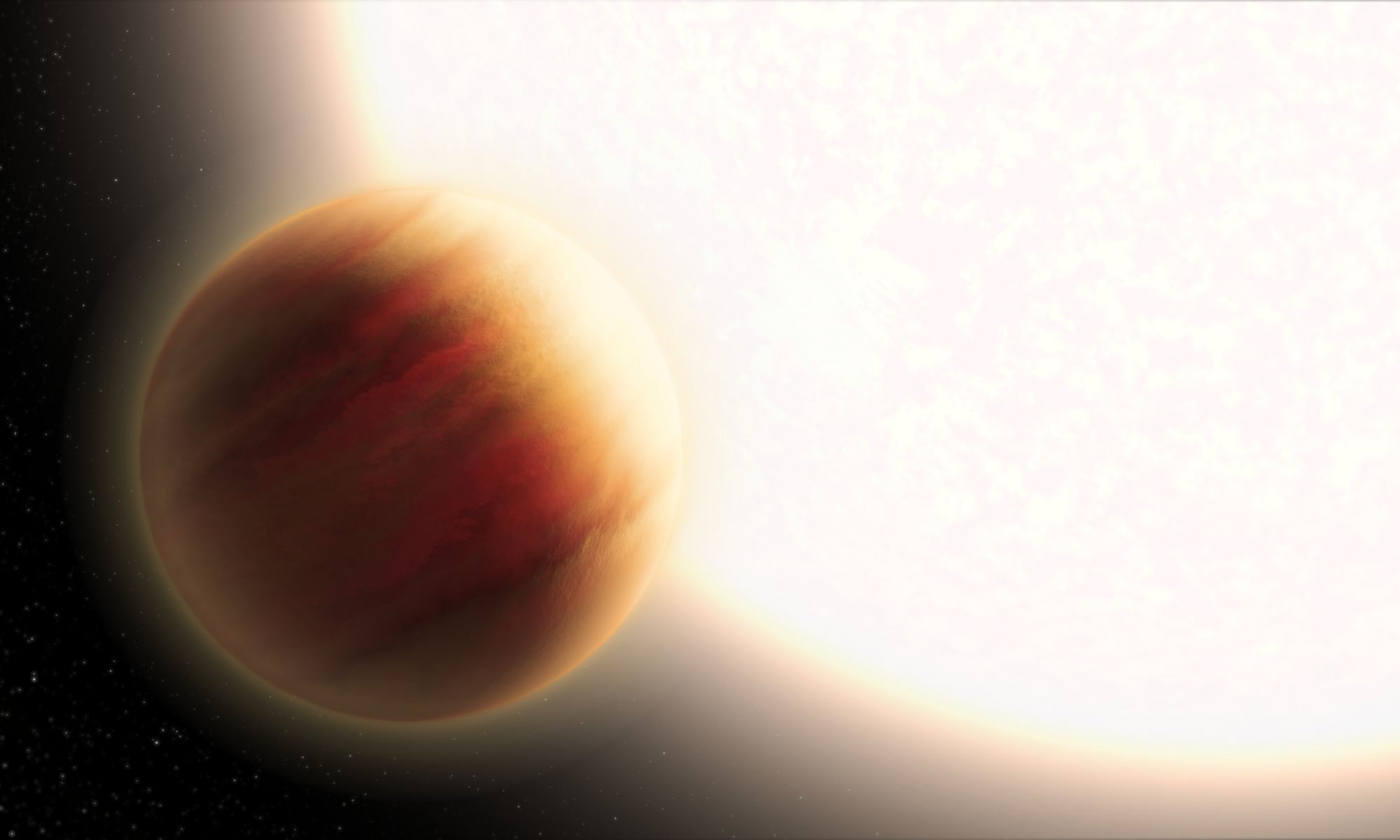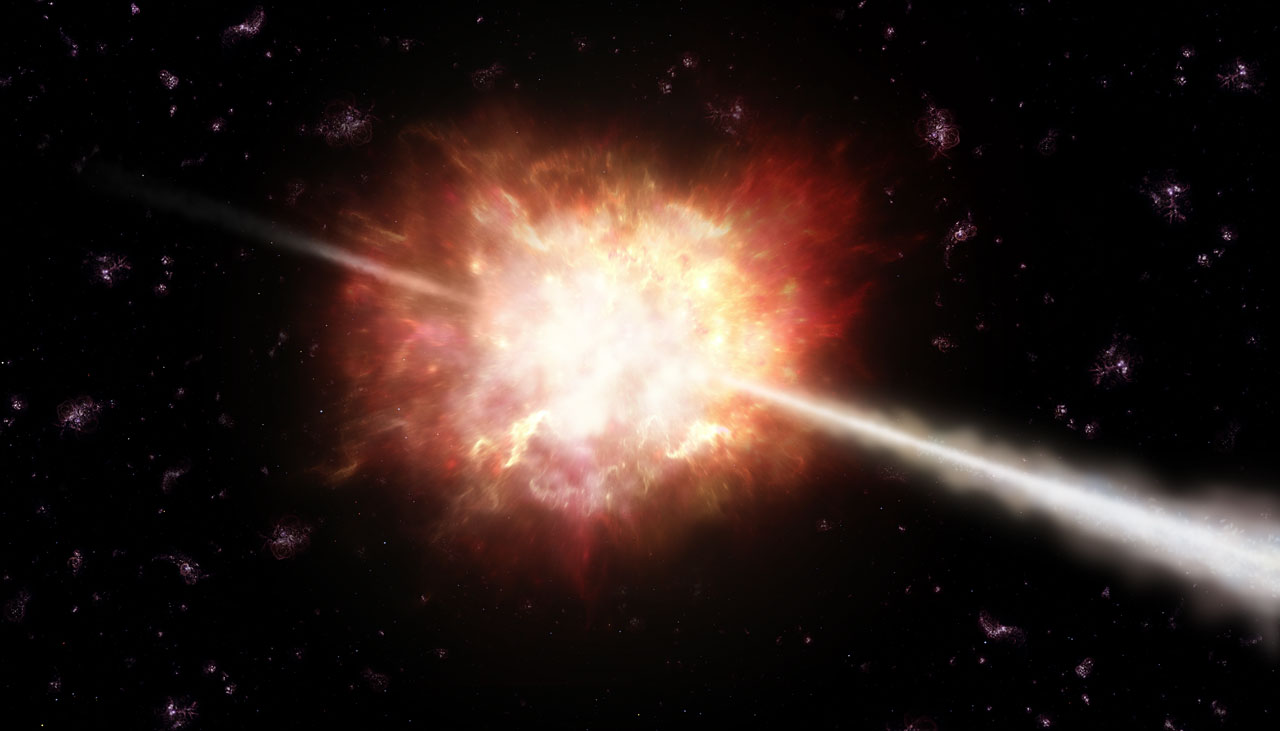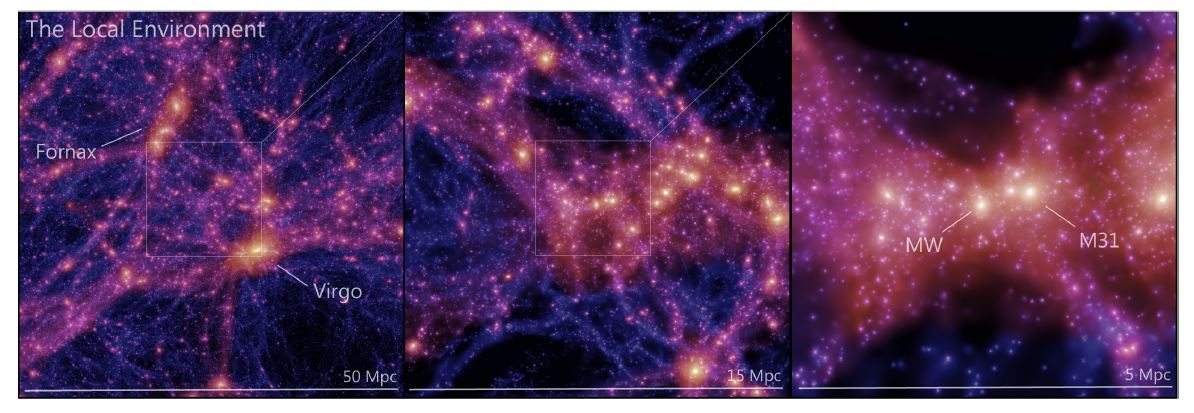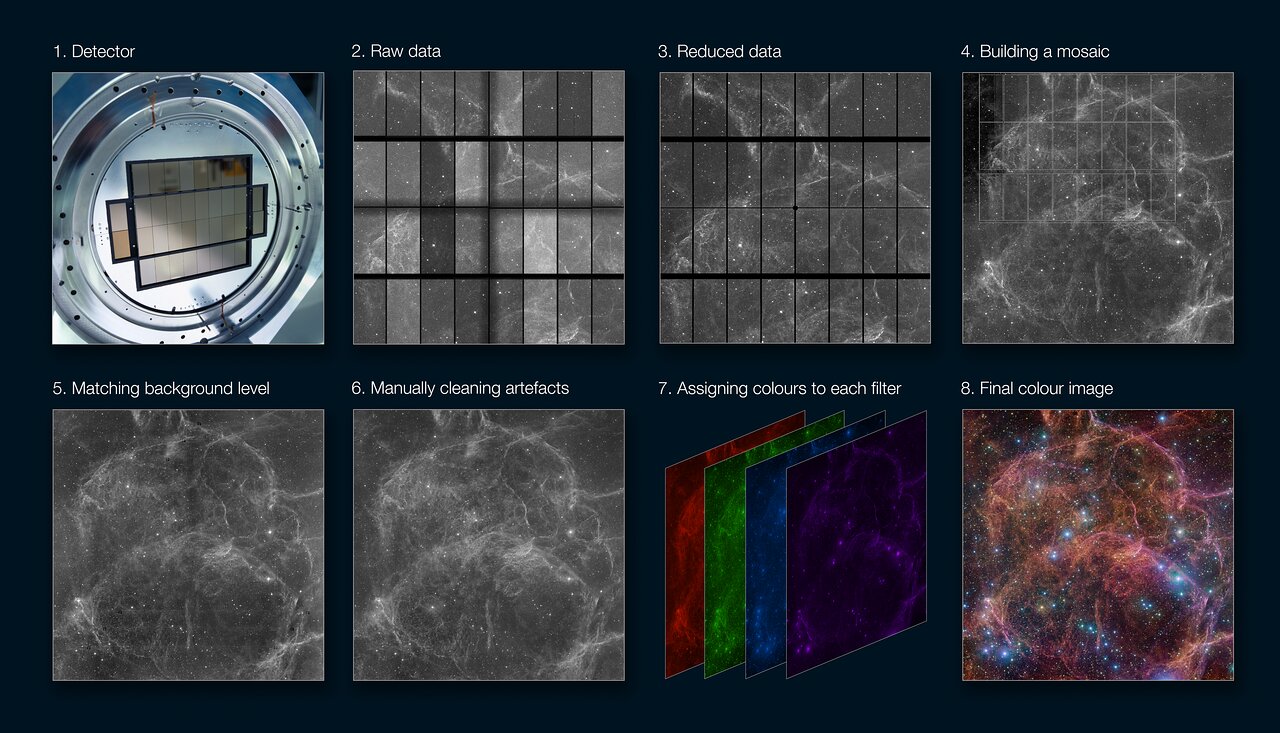Something huge lurks in the shadows of the Universe. Known as the Great Attractor, it is causing the Milky Way and all the surrounding galaxies to rush towards it. We would normally have a better understanding of this situation, except for the fact that the Great Attractor happens to lie in the direction behind the galactic bulge, which makes it difficult for us to observe. A team of astronomers have performed a new infrared survey of the region behind the bulge, and they have found yet another large galaxy cluster. Their work is helping to paint a more complete portrait of the environment of the Great Attractor.
Continue reading “Chipping Away at the Great Attractor Mystery. Another Galaxy Cluster Found Behind the Milky Way’s Disk”
